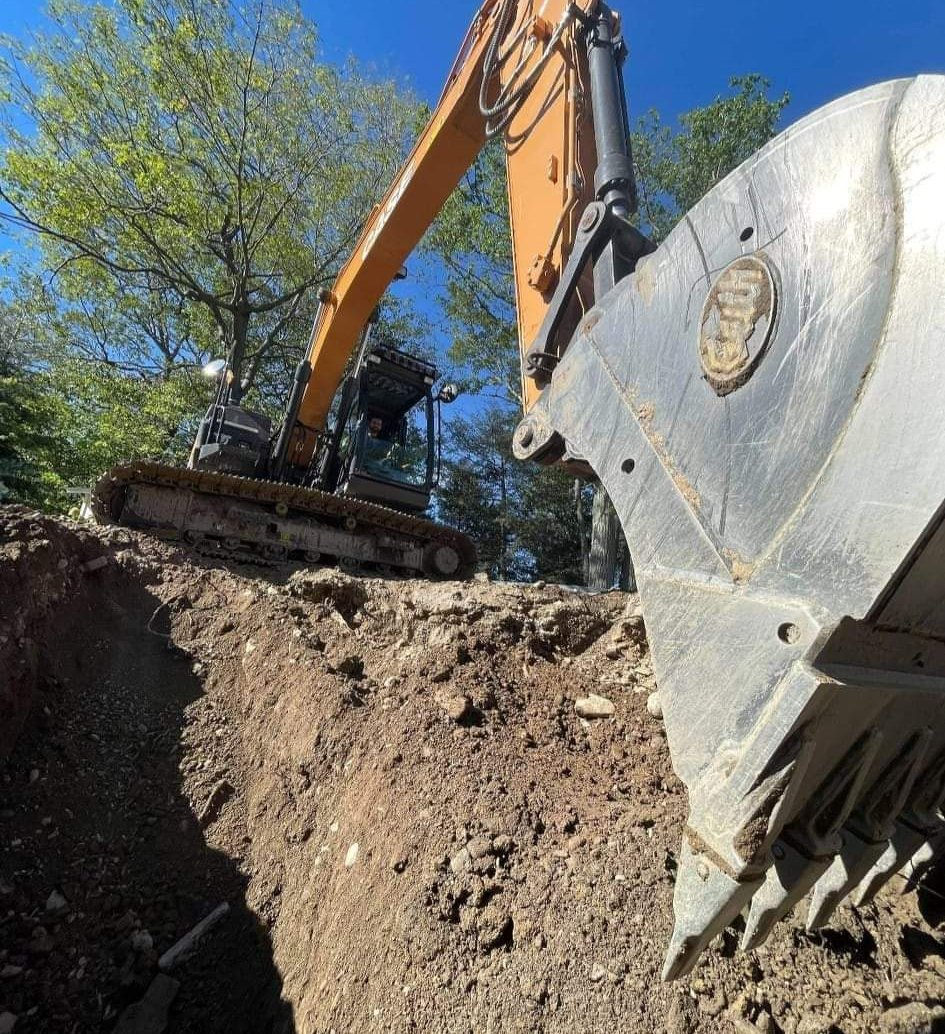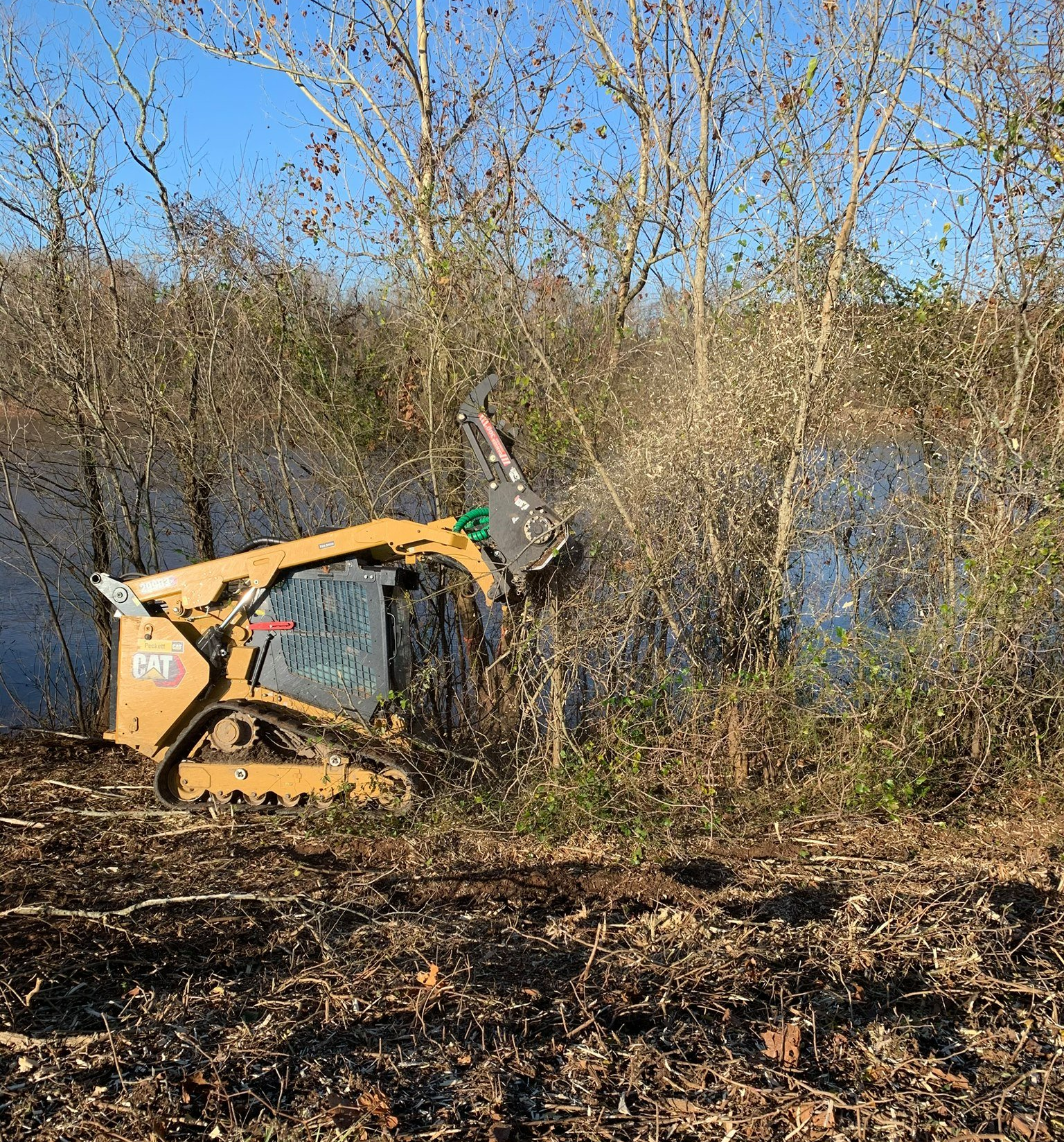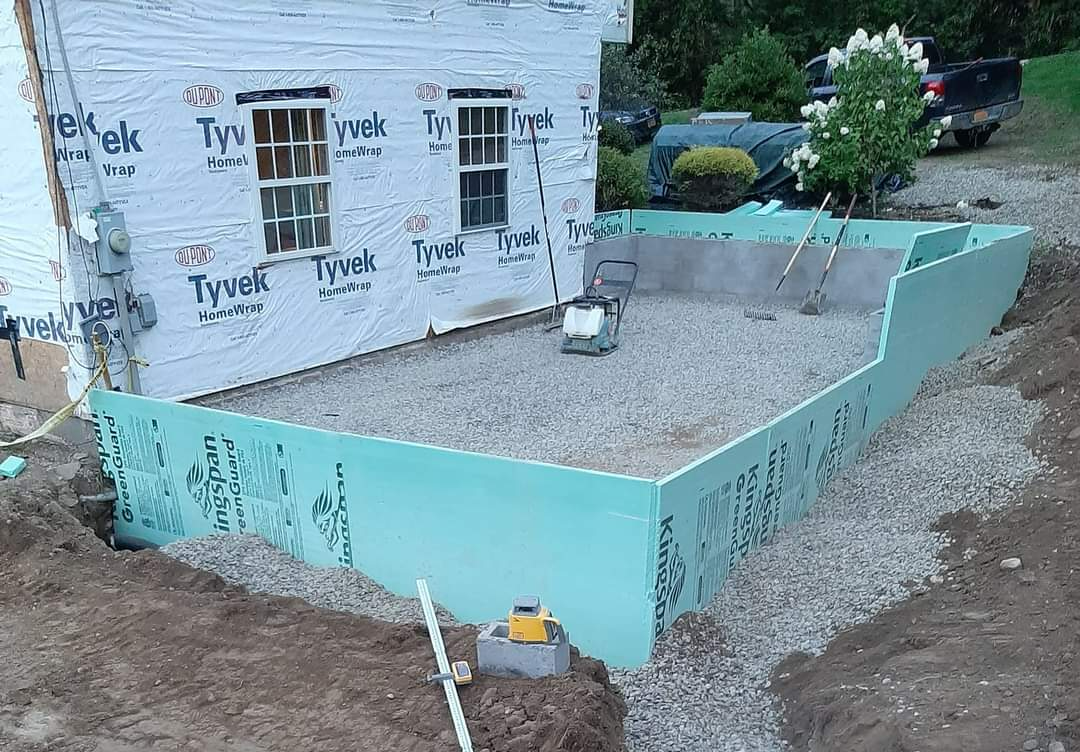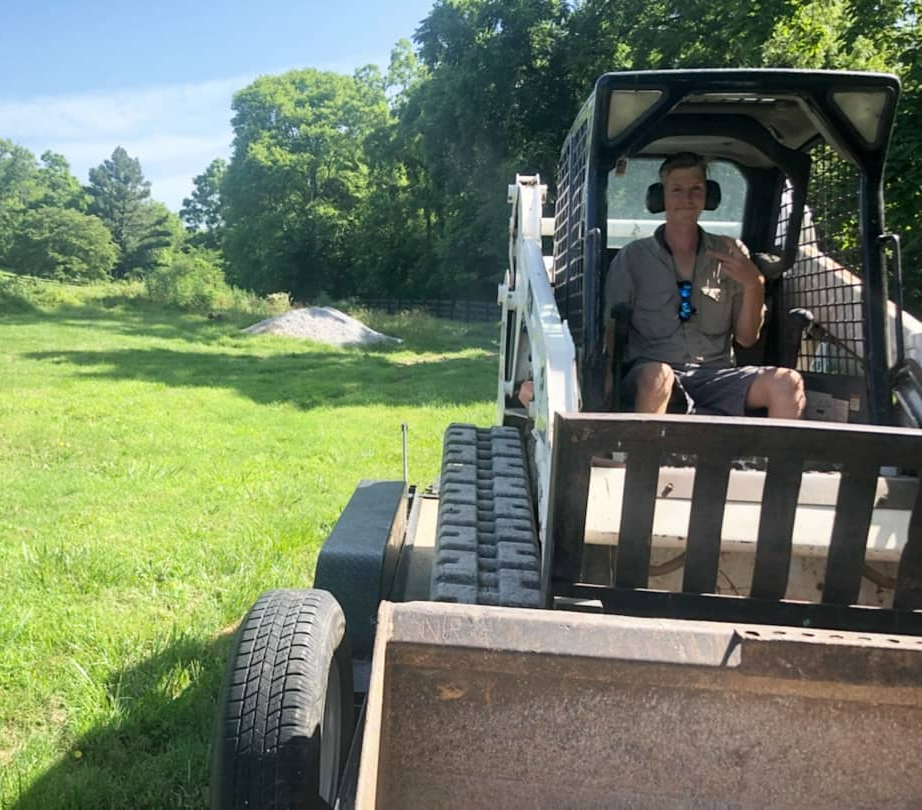We've been providing excellent service as
Pond Building Contractors
...for over 20 years!
Pond Builders
Building a pond is a complex process that requires careful planning and execution. D R Excavation has extensive experience in excavating and building ponds, and we're here to give you a detailed overview of the process.
First, we'll need to excavate the area where the pond will be located. This involves removing any vegetation, topsoil, and debris from the site.
Next, we'll dig out the pond basin to the desired depth and shape. Once the basin is dug, we'll line it with a heavy-duty liner to prevent leaks.
Then, we'll fill the pond with water and install any desired features, such as waterfall s or fountains. Finally, we'll add plants and fish to create a beautiful and sustainable ecosystem.
With our experience and expertise, D R Excavation can build you the perfect pond for your home or business.
Pond Excavation
Pond excavation, a vital process in hydrological engineering, entails thorough reservoir digging to enhance water quality globally. Depending on the location, securing a level change permit from relevant agencies is often necessary.
This process demands meticulous consideration of potential hazards, including nearby animal habitats such as reptiles or amphibians. Before excavation commences, surveying the area and testing soil samples are crucial steps.
In some cases, the addition of filtration systems becomes necessary to remove contaminants from runoff waters, ensuring the overall success of the pond excavation process.
Pond Construction
Creating a pond is a detailed process, beginning with precise excavation to achieve the desired shape and size. Following this, a liner is installed to prevent leakage, and the pond is filled using a pump or hose, depending on its size. The addition of plants and fish completes the ecosystem. With dedicated care and maintenance, a pond becomes a source of enjoyment for both people and wildlife over the years.
However, constructing a pond demands time and effort. The right methods involve proper soil preparation, tree removal, and replanting, adhering to guidelines provided by professional landscapers in the area. This comprehensive approach ensures the successful creation of a pond that harmonizes with its surroundings.
Types of Ponds & Designs
Ponds vary in types and designs, including naturalistic, formal, and wildlife ponds. Naturalistic designs mimic natural landscapes, while formal ponds exhibit geometric shapes. Wildlife ponds support diverse ecosystems for plants and animals.
Pond Construction Process
The process of constructing a pond is not as simple and easy as it might seem. It requires enough time, effort, and resources to begin the construction process.
There are vital steps that need to be taken during construction; such as excavation, backfilling with crushed rock, and using sandbags when building up walls over ditches.
Here at D R Excavation, we offer pond installation services for those who need it, don't hesitate to reach out for a free estimate.
Pond Construction Remodels
The pond remodeling or reconstruction process consists of several steps. The main factor is how the ponds were originally built.
First, your contractor will assess the current condition of the pond and identify any areas that need to be repaired or replaced. Next, we will often excavate the pond to remove any existing liner or structure.
Once the excavation is complete, your contractor will install a new liner and any necessary support structures. Finally, we fill the pond with water and add any desired features, such as fish or plants.
With careful planning and execution, a pond can be successfully remodeled or reconstructed to meet the needs of its owners.
Choosing the Right Pond Builder
Selecting a pond builder requires understanding the diverse features and benefits each type offers. It's a complex process, with criteria varying based on individual needs.
Thorough research is essential to finding a builder capable of meeting specific requirements, especially considering factors like weather resilience.
Taking the time to comprehend your needs is crucial before making a decision. D R Excavation, with its expertise in pond installation, emerges as a reliable choice in this regard.
FAQ's About Pond Building
Contact Us Today For A Free Quote
Our company has years of experience in excavating all sorts of land, from small residential properties to large commercial ones. We have the equipment and manpower to get the job done quickly and efficiently. Contact us today to get started on your project!





